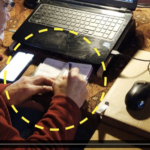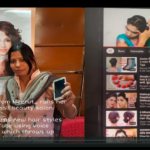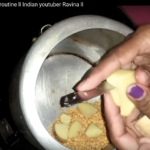
YONI LEFEVRE
STBY bv
DOROTA GAZY
STBY bv
[s2If current_user_can(access_s2member_level1)]
[/s2If]
[s2If !is_user_logged_in()]
Join EPIC to access video:
→ Learn about Membership
→ Browse Video Library
[/s2If]
[s2If current_user_is(subscriber)]
Join EPIC to access video:
→ Learn about Membership
→ Browse Video Library
[/s2If]
In the Netherlands, approximately 2.5M people struggle to use technology in their daily life and are unable to use online governmental services independently. People with low digital literacy are increasingly feeling left behind by the digitalisation of society. Even though this group is very diverse, what they have in common is getting stuck at some point when they are in a digital environment, e.g. when filling in digital forms.
The Dutch government wants to provide more effective and appropriate help by designing more accessible online services and offering different types of support. To support this, STBY was commissioned to do qualitative research to better understand the experiences...






